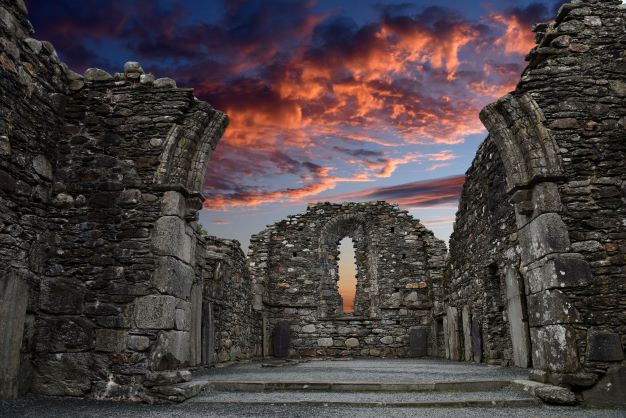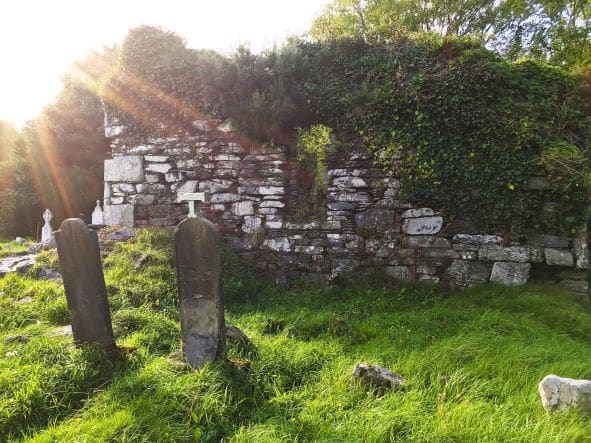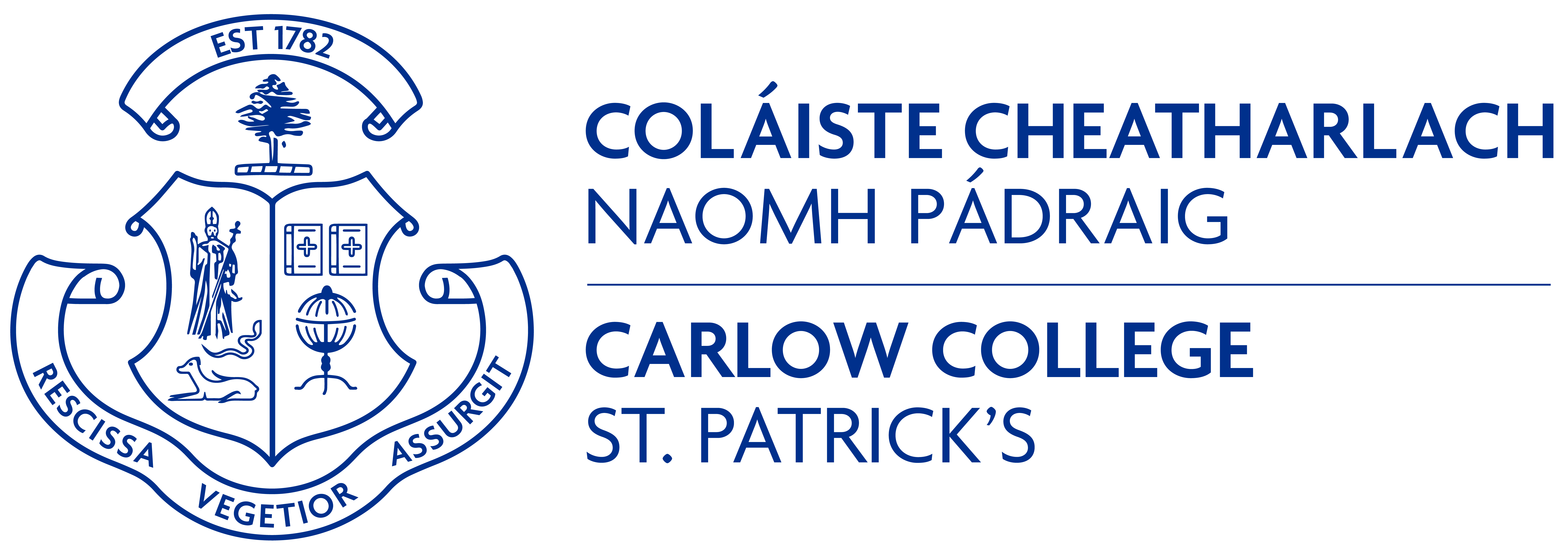What is Irish Regional History?
Historical regions are geographic areas which at some points in time had a cultural, ethnic, religious, linguistic, political or military basis. Unlike local history studies, regional history allows for comparative analysis between counties in a specific region; for example, between two or more counties in the south-east region of Ireland. Definitions of regions vary and regions can include macro- or micro-regions.
The new Masters and Postgraduate Degrees in Irish Regional History at Carlow College, St. Patrick’s will debate different understandings of the past, interrogate and analyse them using a wide range of archival and other sources. At the end, a significant piece of original, scholarly research will be produced on a topic that is of particular interest to each student. This research, analysis and findings can then be presented at academic conferences, in journal articles or at public history forums.
Some of the areas you can study and research on the MA and Postgraduate Degrees in Irish Regional History:

Economics, religion, culture and politics in medieval Ireland.
Study the medieval regions of Ireland using documentary and archaeological data. Examine the ways in which resources of a region were managed and exploited to produce food, fuel and raw materials for both town and county. Contribute to wider debates on topics such as settlement landscapes, the environment and the productivity of agriculture during your studies.
Insurgency, Counter-insurgency and Repression, Secret Societies, Sectarianism
As the historian Roy Foster stated, the 1798 rebellion was ‘probably the most concentrated episodes of violence in Irish history’. A bloody rural guerrilla war between United Irishmen militias and loyalist forces broke out in many regions of Ireland. The causes? Demands for political reform and Catholic emancipation. The result? Defeat and the Act of Union. By enrolling you can explore conflicts and uprisings at the regional level in Ireland from the seventeenth to the twentieth century.

Plagues and epidemics
Plagues and epidemics have ravaged humanity throughout its existence, often changing the course of world, national, regional and local history.
In the Masters and Postgraduate Diploma in Irish Regional History at Carlow College, St. Patrick’s, we explore the impacts of these epidemics and pandemics on regions in Ireland, and investigate how the contemporary health system and sanitary and health legislation has coped with these crises and evolved. We will ask how can regional or local health issues have unique local features, and also be part of a wider regional or global concern? For example, during the 1918-19 flu pandemic Kildare had the highest county rate of death in Ireland – was it because the region had a close affiliation with the army, or because Naas had water shortages and the town’s gas company were ill with the flu?

Irish emigrants embracing life in the USA
J Woods was the son of the workhouse master in Kinsale workhouse who emigrated from Ireland with his family in March 1856, when he was only 8 years old. He became a successful electrical engineer and was responsible for designing the original flood lighting for the Statue of Liberty upon her arrival in New York harbour in 1885.
Woods is just one example of an Irish emigrant who embraced emigrant life in the United States. You can explore the demographic and migratory trends in, and from, Ireland between 1850 and 1950 as part of the Masters or Postgraduate Diploma. These level 9 degrees – with a number of entry levels – will provide a robust, yet uniquely egionalised interpretation of Irish social and economic history.
For further information or to enroll click here or contact Dr Elaine Callinan at ecallinan@carlowcollege.ie for more details.
